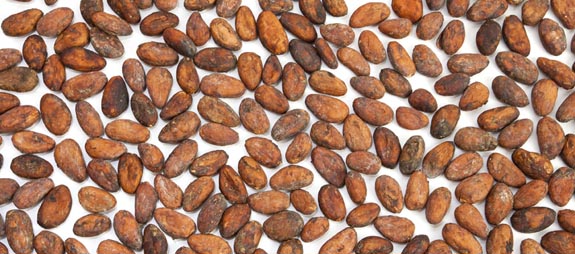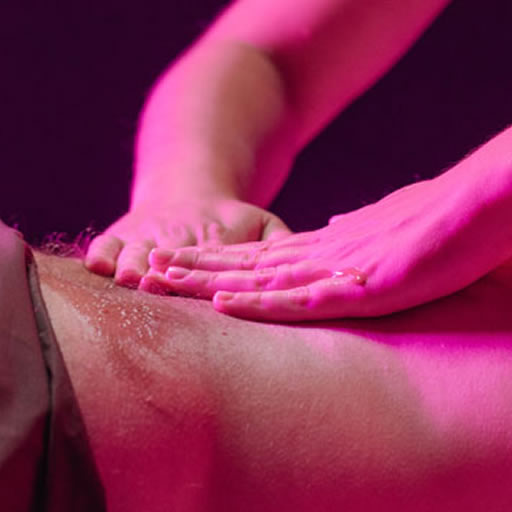Martin Christy is a man with a mission. In fact, several missions. All to do with chocolate and enhancing our knowledge of chocolate. An influential and well-respected figure in the world of chocolate, Martin Christy’s personal fascination with chocolate saw him setting up an early chocolate website – the widely-read seventypercent – and co-founding the International Chocolate Awards.
Among his several chocolate-related projects, is the recent setting up of the Chocolate Tasting Certificate, offering an interactive (yes, chocolate tasting will indeed take place) insight into how to understand and appreciate chocolate, with participants taking an exam at the end of each level. “The idea for the certificate grew out partly of the workshops which I was doing for a while before. I could see that we still have a long way to go in terms of general knowledge about chocolate; we haven’t approached the position of wine. Having a course like this is crucial in building up an appreciation of fine chocolate, what chocolate makers are doing, the work cacao growers, which has been historically undervalued.”
The feeling, one shared with his International Chocolate Awards partners Monica Meschini and Maricel Presilla, “was that chocolate appreciation should be more like wine appreciation.” Researching the history of the Wine and Spirit Education Trust (WSET) offered some insights into what course content would be useful. “For the WSET when they started, a big issue was recognising bad wine and we’ve taken that on board. We need to identify bad chocolate. What’s the taste of over-roast, what’s the taste of mould, what’s the taste of badly fermented chocolate; we need to get people used to identifying these faults. Most chocolate is badly made. Before we get to what flavour notes we can identify, people need to recognise that the cacao has been burnt.” Rewardingly, for Martin, interest in the Certificate has been international. “People are travelling to come to it. The course in Hanover had people from Amsterdam, Czech Republic, Romania; in London I had people from Japan and Hong Kong. There’s a wealth of people out there who want to be involved in chocolate and want recognition and credibility for what they’re doing.”

Through his extensive global contacts and work abroad with the International Chocolate Awards, Martin Christy is uniquely positioned to have a sense of the ‘big picture’ when it comes to the chocolate world. Characteristically, the setting up of the certificate, which he will be seeking to have accredited with an educational authority, has a larger purpose. He wants to create a viable market so that growers of fine cacao can thrive. “We need a big enough market and a high enough price being paid for fine cacao and at the moment that’s not happening. There is not enough demand for fine cacao, so plenty of high-end growers are facing a stark choice between growing fine cacao or growing bulk cacao instead. If you look at the market for fine wines, it’s around 30%. In the world of coffee, 25%. If you look at chocolate, the fine end is 2-3%; that’s our problem.” Martin’s aim is to create a well-informed market for high-end chocolate. “People still feel embarrassed by the idea of chocolate knowledge.” The certificate, with its three levels, will offer “a more formalised structure, people who have been trained to appreciate what’s good and understand what’s bad.”
In the twenty years that Martin has been writing and researching about chocolate, there have been advances in our knowledge and appreciation of chocolate. But for Martin, the surface has only just been scratched; there are so many areas - he cites the fermentation process - where genuine knowledge is sketchy. “It’s so unexplored. There’s always development; we are still all learning.” Martin’s fascination with chocolate continues to be nourished by his experiences researching it. “There is nothing quite like being in a cacao farm,” he enthuses. “You can never quite understand the flavour of chocolate until you’ve visited a cacao region. Things like travelling along a road in Ecuador behind a truck of cacao. Once you’ve got that smell fixed in your head – tasted cacao off the floor – that changes how you look at chocolate. It’s making that connection.”
In many ways, he feels, there is a vibrancy to the chocolate scene. “This is the time for chocolate. Things are taking off in consuming countries and in growing countries. So exciting, for example, to see the rise of Nicaragua and the growth of chocolate making in Peru, which sees itself as the home of cacao.” However, he points out, “it does come back to money. People need to understand why they should pay more for a bar of chocolate. They need to understand why that product should fetch a much higher price. If we don’t get people to do that, we will lose a lot of that fine cacao.” Hence, his emphasis on educating people about chocolate. “A really important part of this – and for me everything I do has a selfish element – is that I want to still be eating really good chocolate in 10-15 years’ time.”

